
Confederate Napoleon at Petersburg National Battlefield, Battery Five
This Confederate 12-Pounder Napoleon may be seen at Battery 5 at Petersburg National Battlefield. A copy of the registry in my possession says that Augusta Number 22 (cast in 1863) was at the battery circa 2000.
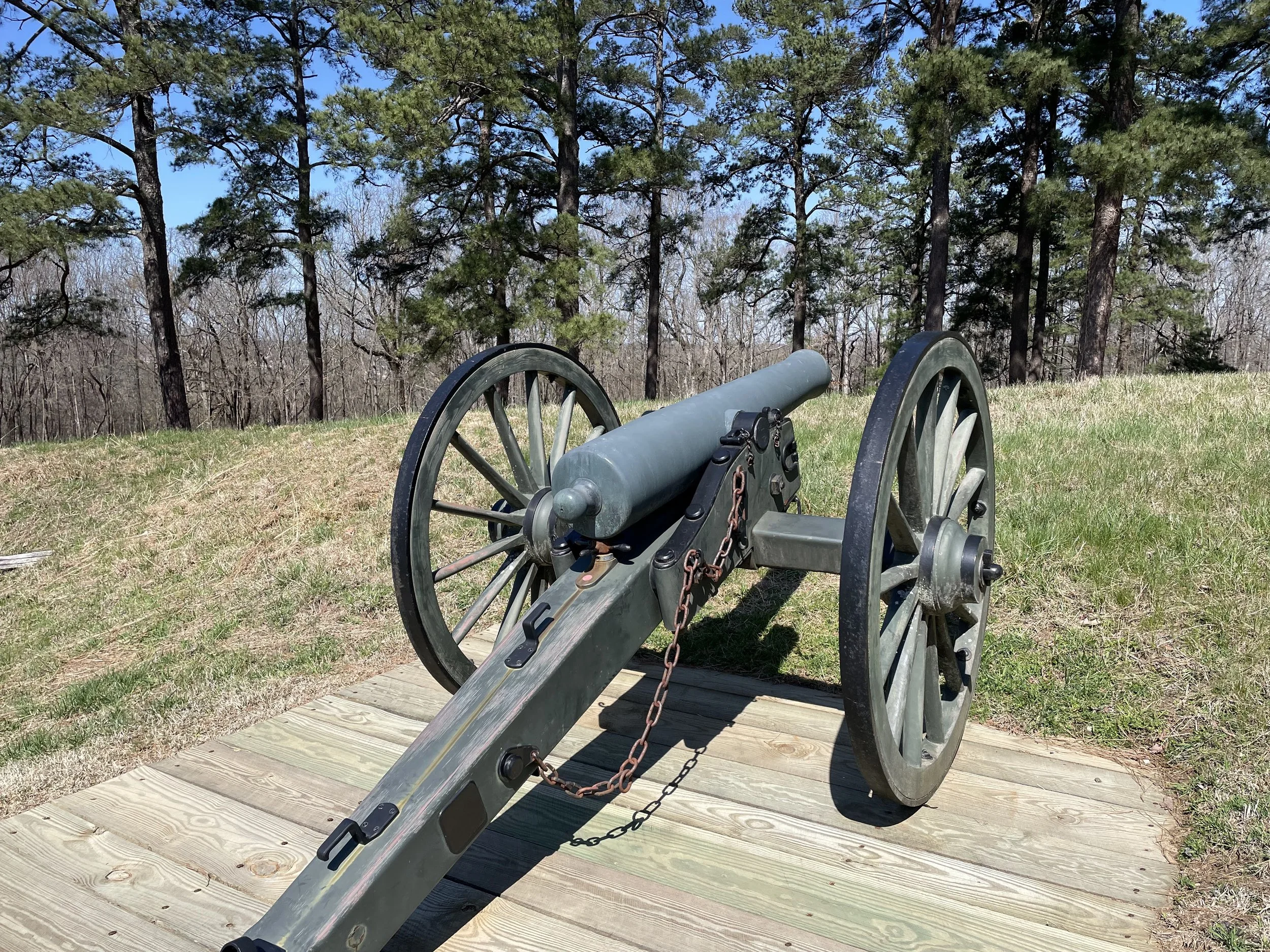
Leeds and Co. Napoleon Number 19 at Petersburg National Battlefield
Among the many interesting artillery pieces at Petersburg National Battlefield is the earliest surviving Napoleon manufactured for the Confederacy. This Napoleon made by Leeds and Company of New Orleans is displayed at Battery Number Five within walking distance of the visitors center. (It is marked with the Leeds and Co. Foundry Number 19.)
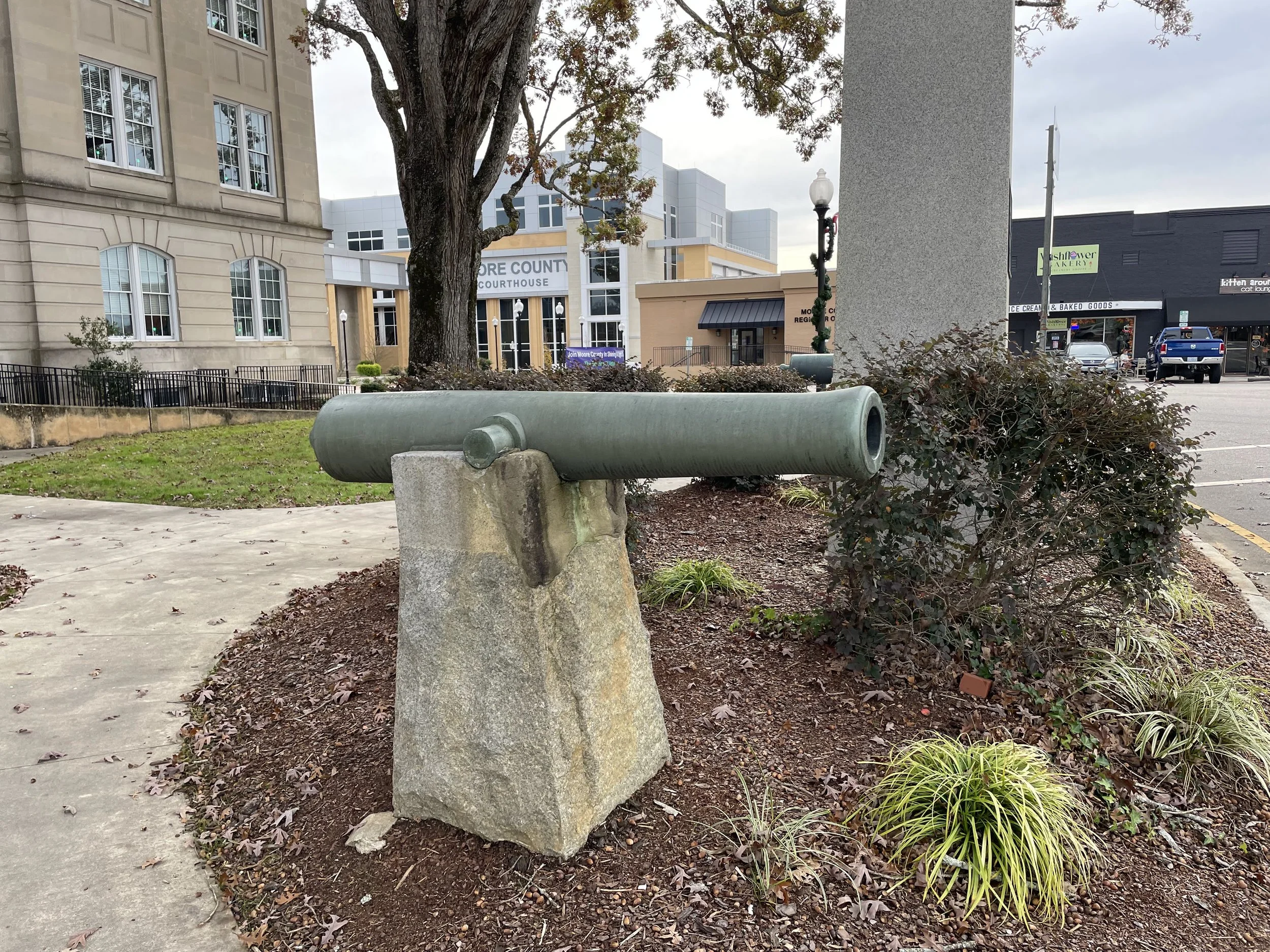
The Napoleons of Carthage, North Carolina
Two Napoleons (12-Pounder Field Gun-Howitzers of the American Civil War) flank a monument to James Roger McConnell, pilot of the Lafayette Escadrille, in Carthage, North Carolina outside of the historic former Moore County Courthouse.
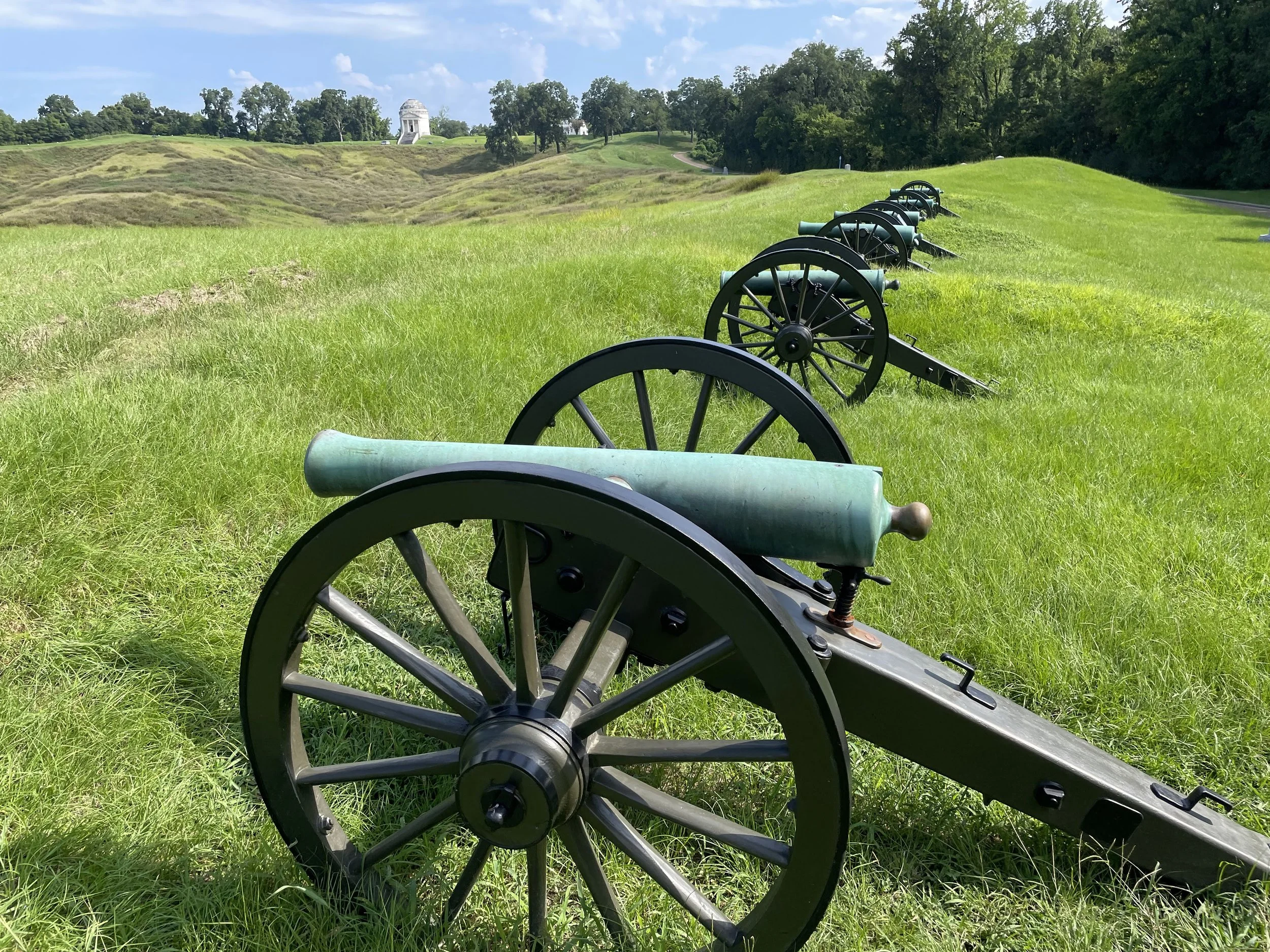
US Army 12-Pounder Napoleon, Ames 32 at Vicksburg
US Army Bronze 12-Pounder, Light, Pattern of 1857, Ames Number 32, is displayed at Vicksburg (near "Tour Stop 1 - Battery De Golyer") Ames Manufacturing Company cast Number 32 in 1862. As manufactured it weighed 1,220 pounds. It is a well preserved example of a 12-Pounder Napoleon.
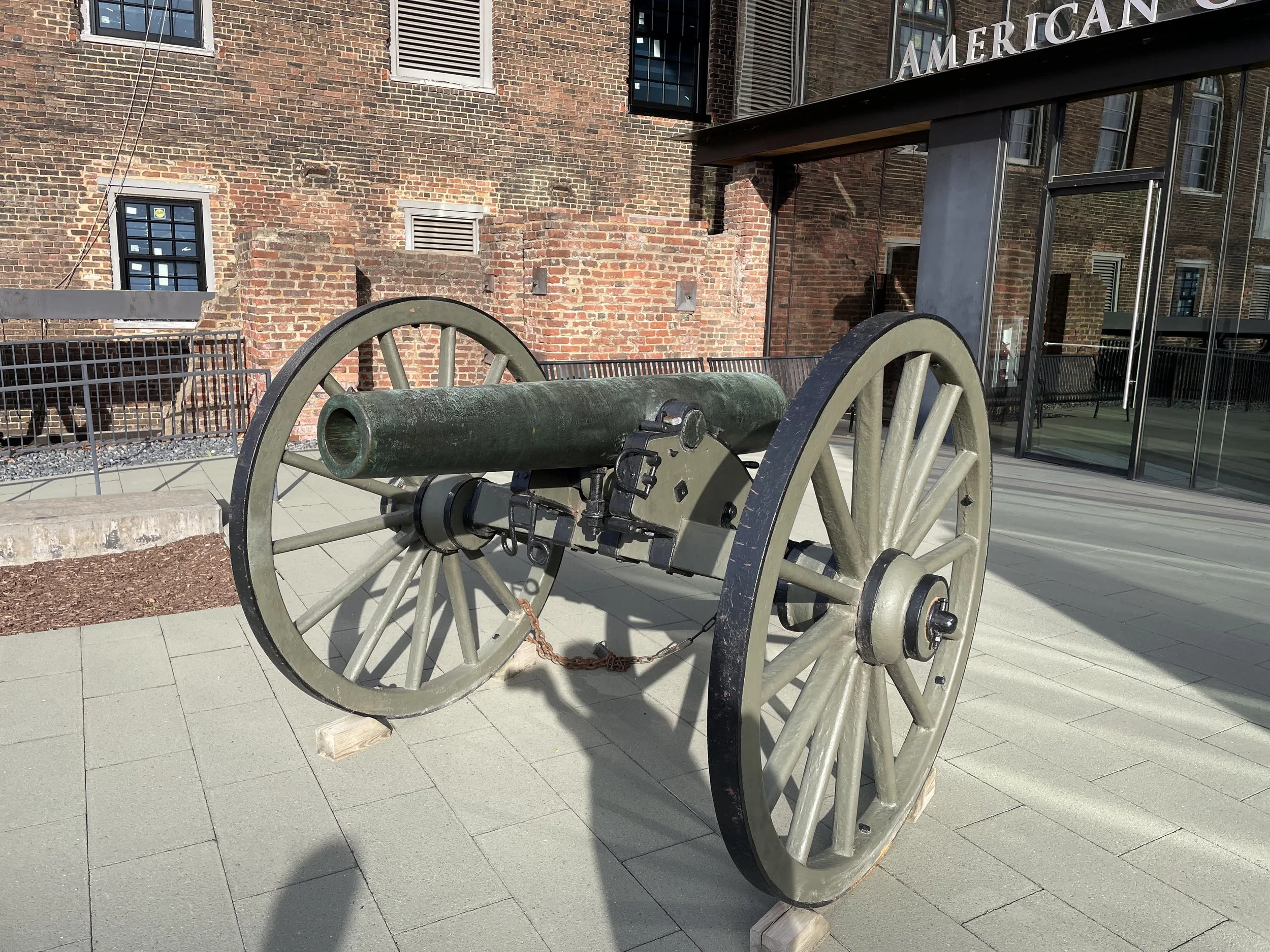
12-Pounder Confederate Napoleon at the American Civil War Museum in Richmond
A 12-Pounder Confederate Napoleon is displayed in front of the American Civil War Museum in Richmond, Virginia. The “Confederate Napoleon”, a bronze smoothbore gun-howitzer, is designed to fire the same shot, shell, canister, and case as the US Army 12-Pounder Napoleon (Pattern 1857). However, given the pressures on Southern industry, most Confederate Napoleons lack the the visual refinements of the US Army model. The Confederate Napoleon typically does not have any muzzle swell. The tube likely was turned on a lathe only enough to function, so it will have a rough appearance. This particular example was cast at Tredegar Foundry - the site of the museum where it is presently displayed.
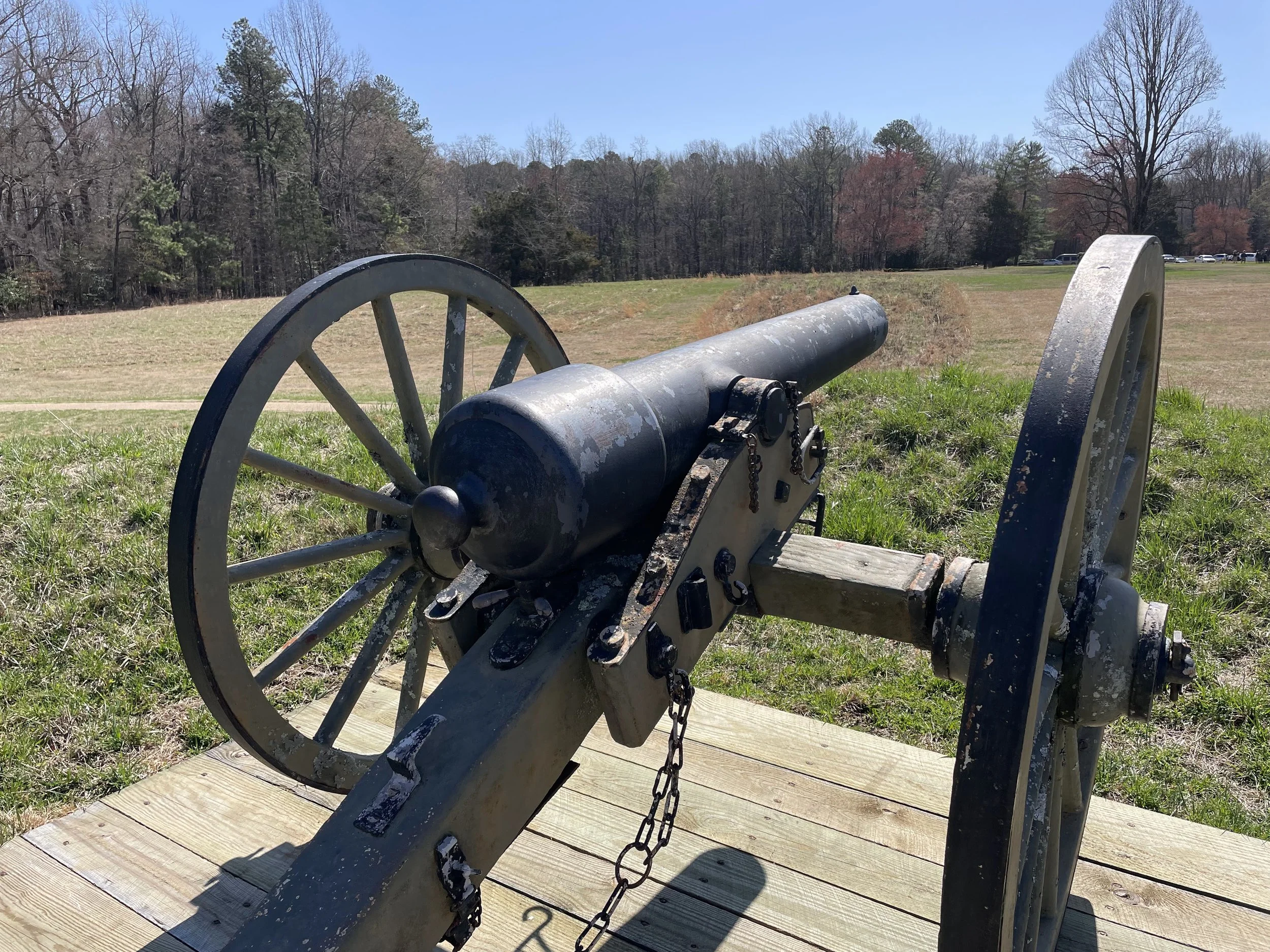
12-Pounder Confederate “Iron Napoleon” at Petersburg
12-Pounder Banded Smoothbore "Confederate Iron Napoleon" at Petersburg National Battlefield, Battery 5. Tredegar's foundry number 2243 is visible on the left trunnion. This piece was cast in January of 1865. As bronze became scare, the Confederacy turned to manufacturing the "Napoleon" in iron. Weight of the tube, 1,249 pounds, is similar to earlier bronze examples.

Early US Army Napoleons at Petersburg National Battlefield
Two early examples of US Army 12-Pounder "Napoleons" are displayed at Petersburg National Battlefield. Having handles above their trunnions, they are among the first examples of the 12-Pounder, Light, Pattern 1857 manufactured for the US Army.
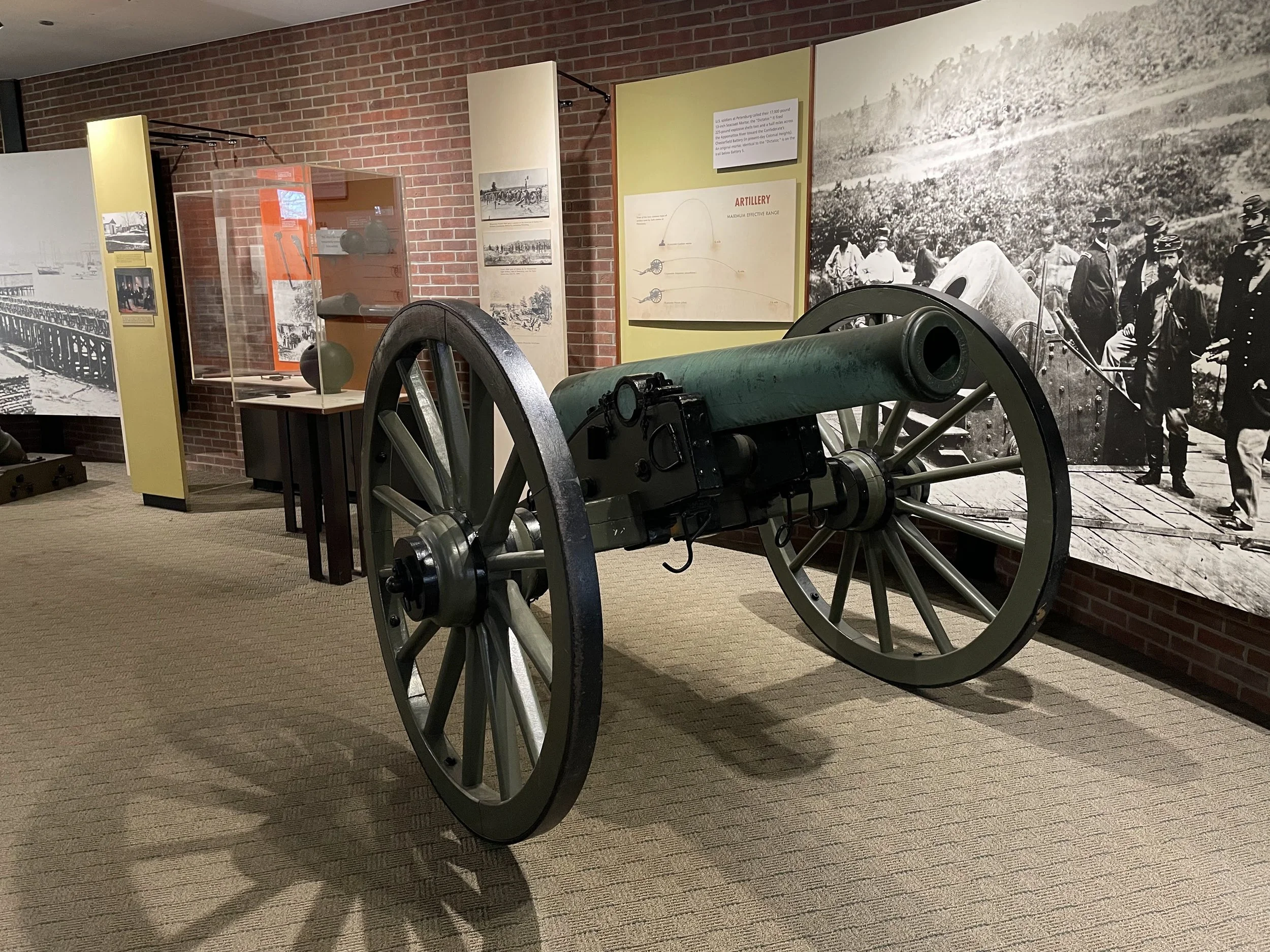
12-Pounder Napoleon, Revere Copper Company Number 253, at Petersburg
This Revere Copper Company 12-Pounder Napoleon, Number 253, in the visitor center at Petersburg National Battlefield bears a placard which states: "This 12-Pounder bronze Napoleon tube was captured by the Confederates during the Battle of Reams Station, August 25th, 1864.

The Bronze Smoothbores of Charleston
Four bronze smoothbore cannons - A 6-Pounder Field Gun of the American Revolution, a Model 1841 12-Pounder Howitzer engraved S.C., a 12-Pounder Mountain Howitzer at Fort Sumter, and a 12-Pounder Napoleon at Fort Moultrie - are displayed in and around Charleston, South Carolina.
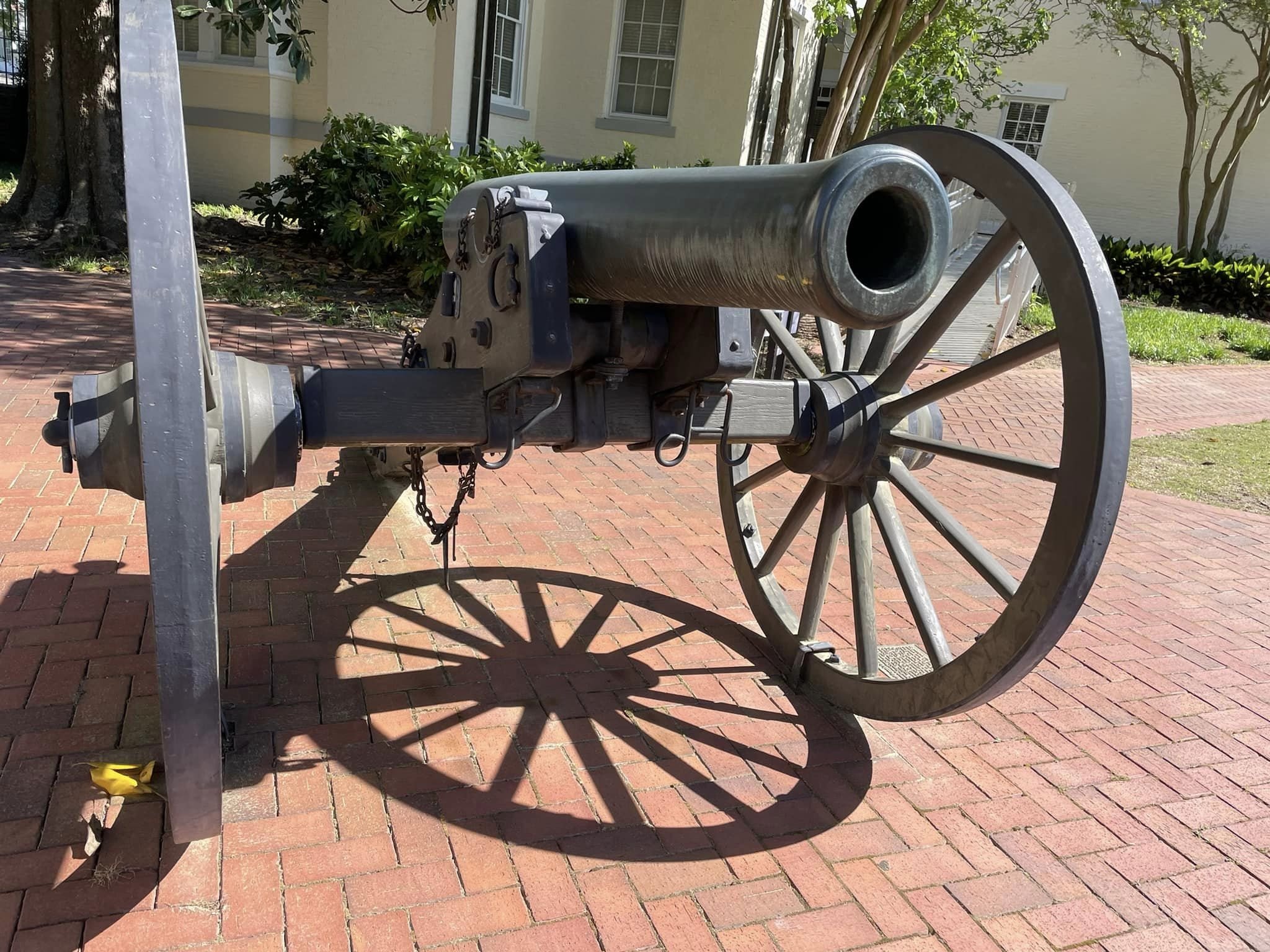
12-Pounder Napoleons in Augusta, Georgia
Three 12-Pounder Napoleons are preserved in Augusta, Georgia: two at Augusta University and one in the Augusta Museum